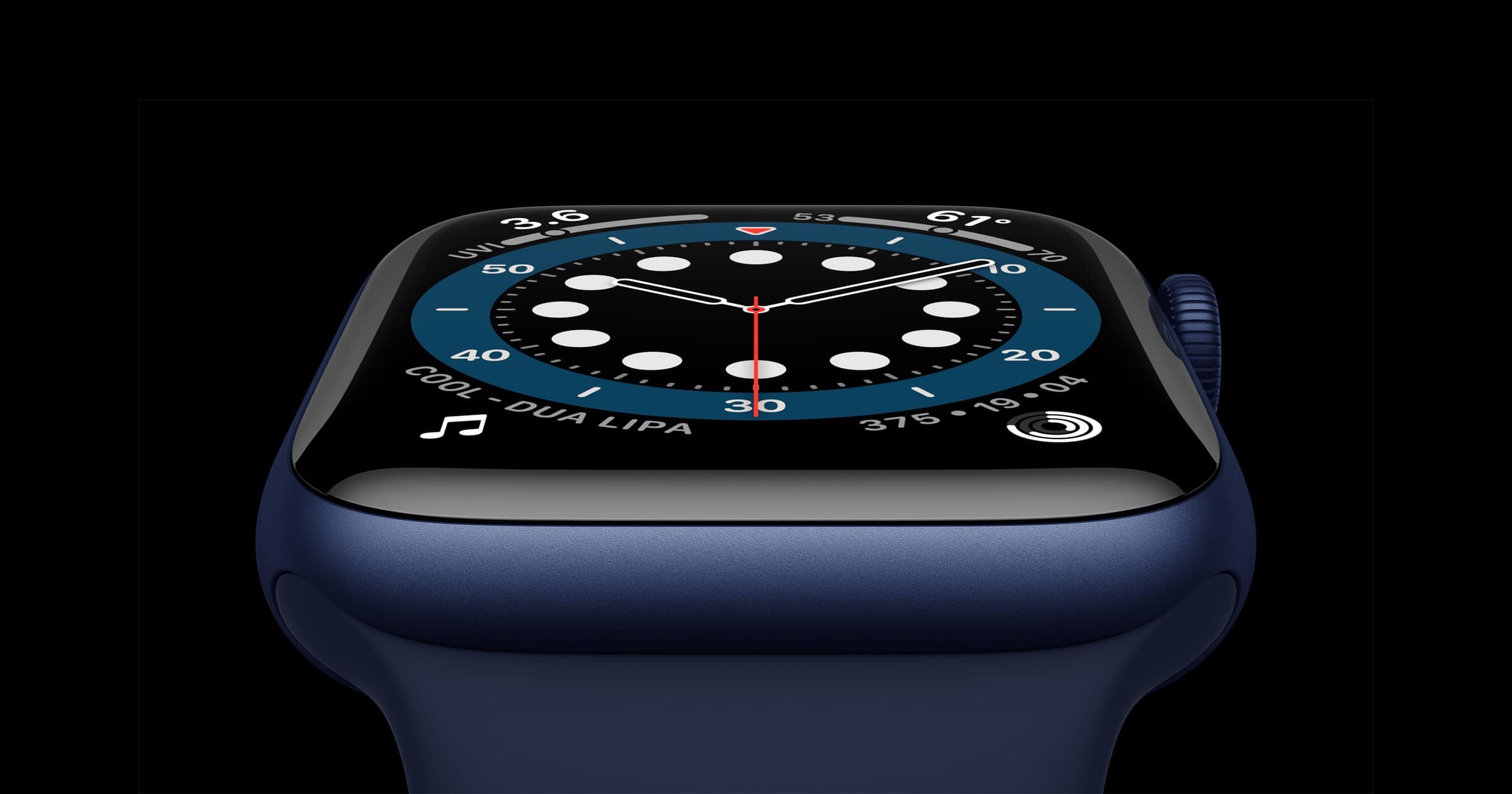The Apple Watch Series 6 added a blood oxygen sensor to measure the level of oxygen in your blood. Unlike the ECG sensor introduced with the Apple Watch Series 4, the pulse o I meter is marketed as a “wellness” feature, not a medical feature (via The Verge).
Apple Watch Series 6 Pulse Oximeter
The Apple Watch ECG function had to go through a long process with the Food and Drug Administration. Because of FDA approval, Apple could legally call the Series 4 a medical device.
The distinction between a feature used for wellness and one used for medical monitoring is important — one has been cleared by experts, and the other hasn’t. But those differences often aren’t clear to people buying a product like an Apple Watch, particularly when the marketing blurs the line — as Apple did when it directly compared the heart monitoring features on the watch to the new pulse oximeter.
As a Class 2 medical device, companies who want to sell a pulse oximeter has to submit documentation saying it works just as well as similar products on the market. But if the company says it’s for “wellness” which is a more nebulous term, that’s different. Apple can’t say Series 6 can diagnose or treat medical conditions.

Andrew:
This also has the advantage of getting the device to market sooner, at minimal cost and lower risk (liability), with likely the same life-saving impact irrespective of rating, given the Apple Watch’s installed base. If Apple decide, for whatever reason, to get such FDA clearance or approval, they can do so while the current devices continue to field the market.
My sense, given the blood oxygen sensor technology being used in the Apple Watch, Apple may have faced a steep climb in getting even FDA clearance, as reflective devices are still in the minority in professional settings.
I think the former strategy above remains the most important.